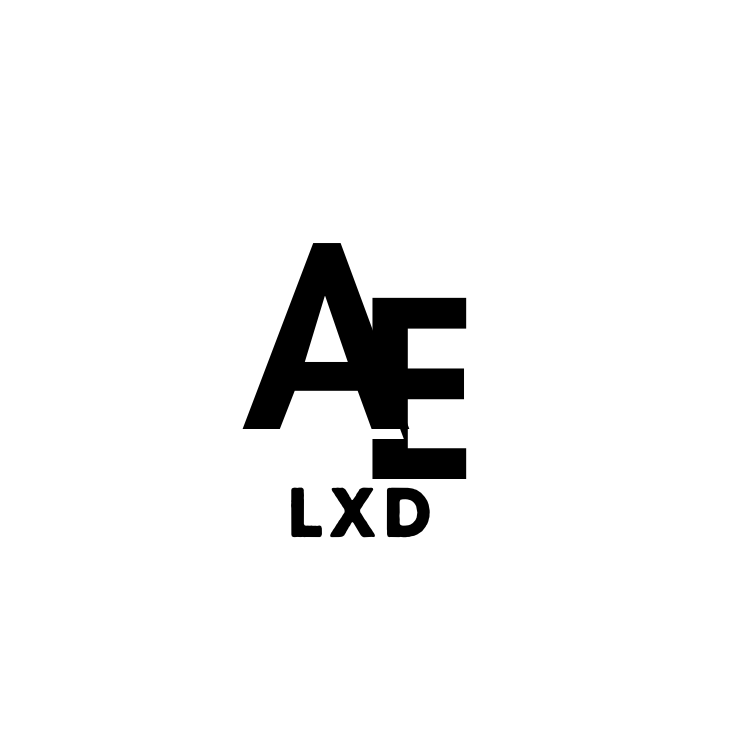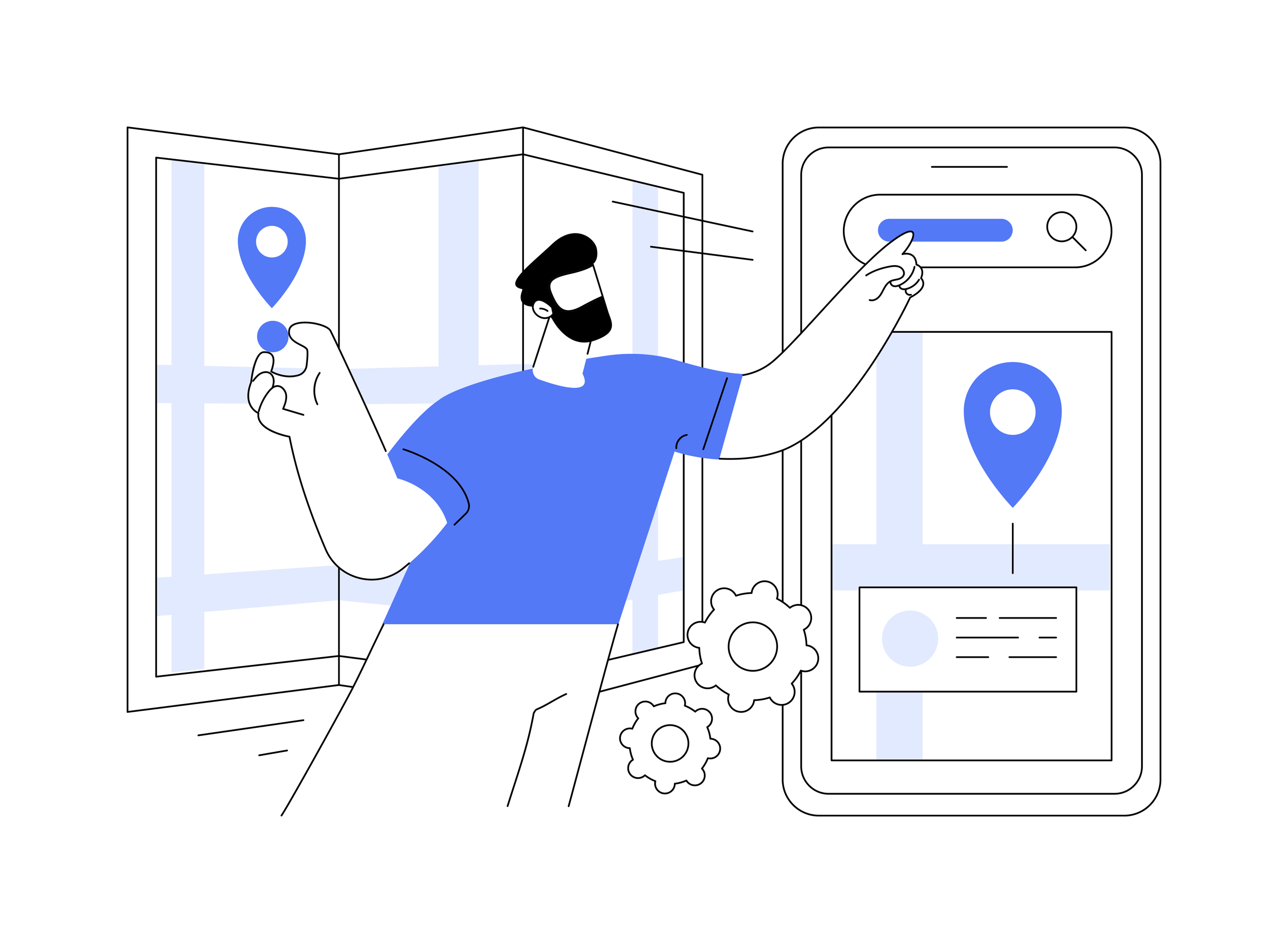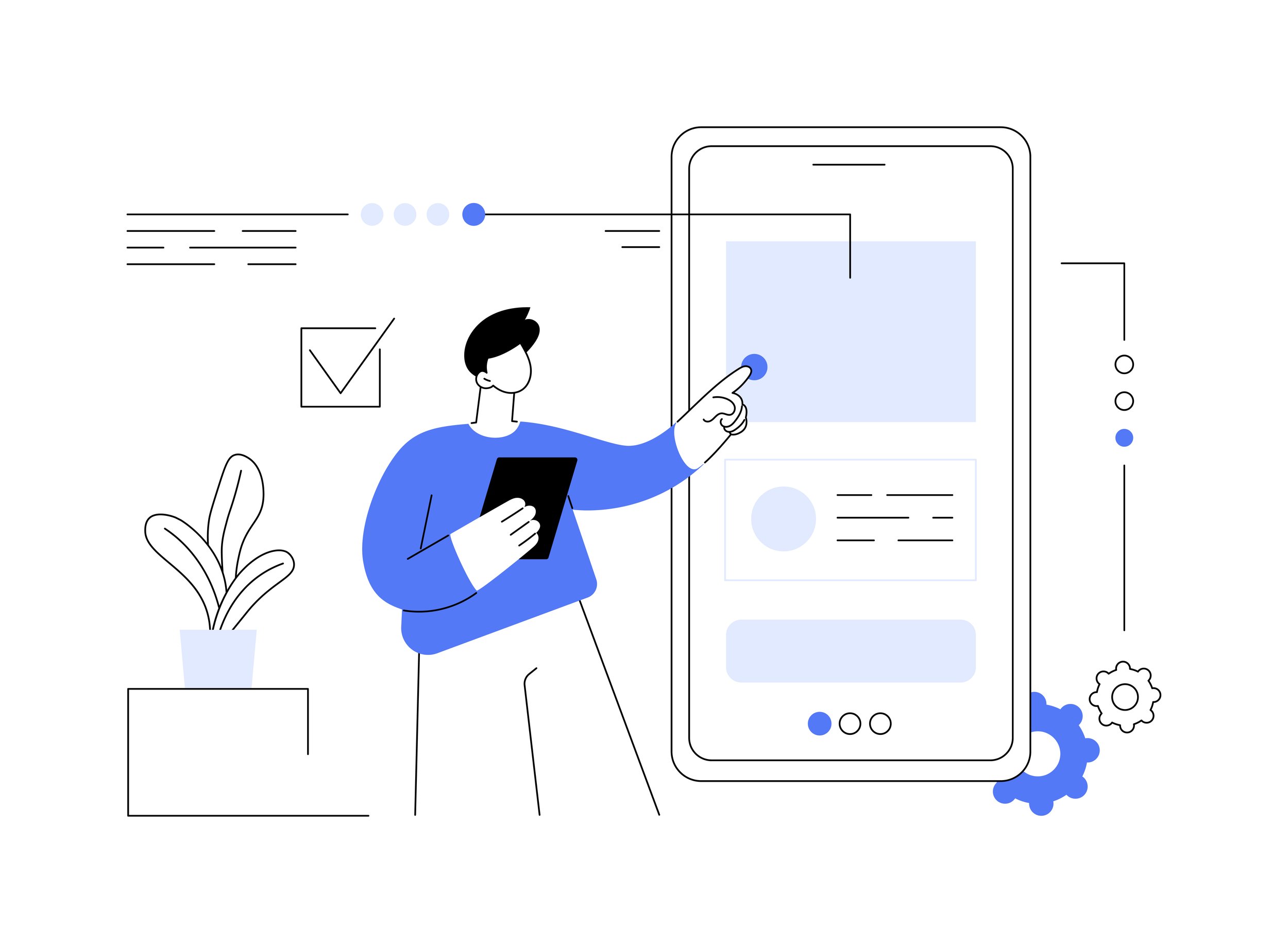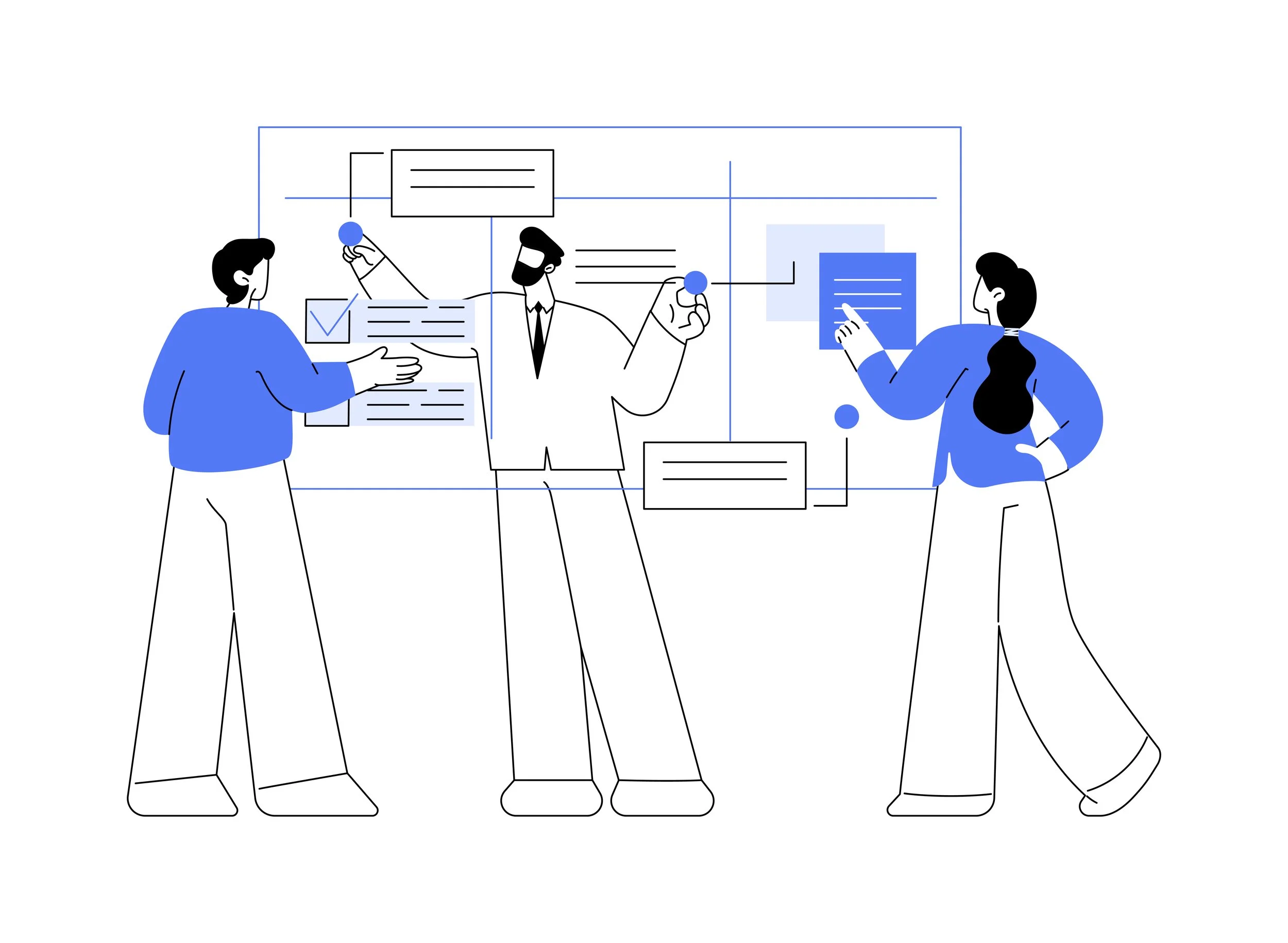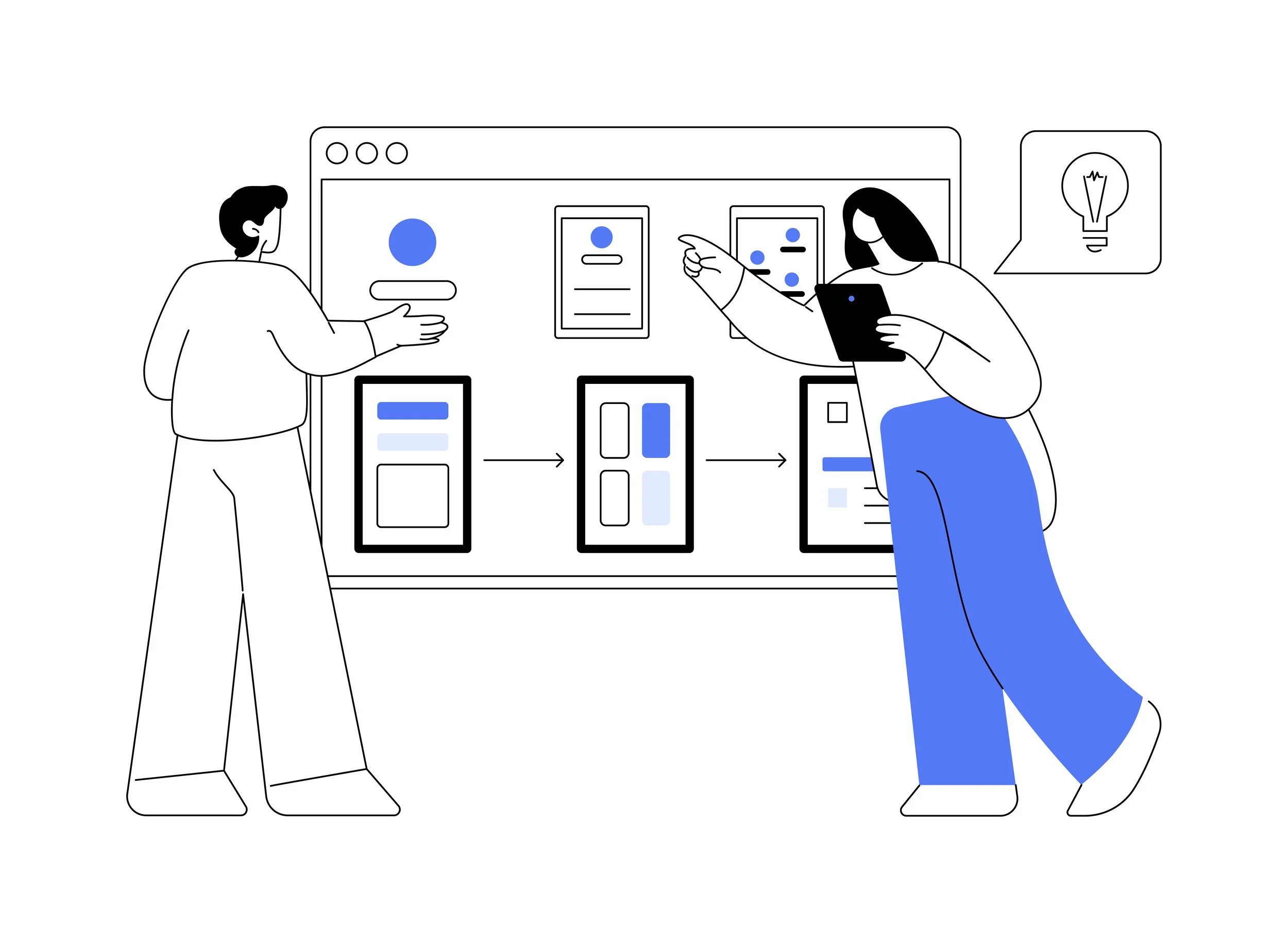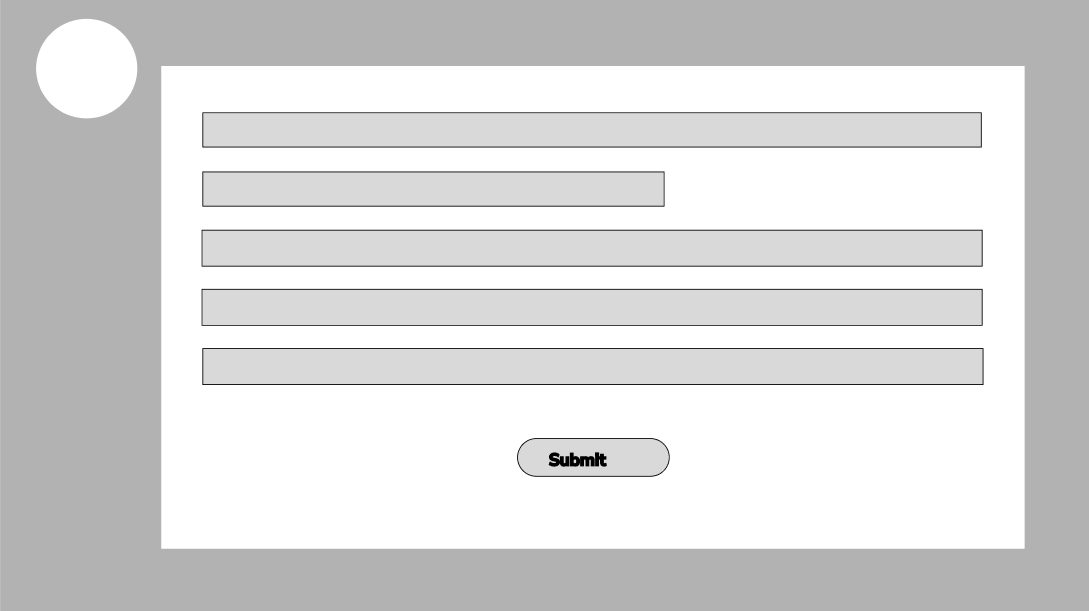Building Strong Client Communication
Image: The positive consequence for the correct answer to Question 1
This scenario-based eLearning experience helps life coaches develop the skills to connect with clients so that they remain committed to their coaching journey.
Life coaches practice making realistic decisions in a low-stakes simulation that demonstrates the impact of both right and wrong choices on the job.
Audience: Life coaches
Responsibilities: Instructional Design, Action Mapping, Storyboard, Style Guide, Mockups, Visual Design, Prototyping, eLearning Development
Tools Used: Articulate Storyline 360, Vyond, Figma, Mindmeister, Google Docs, Snagit
The Problem
The Wellness Coaching Agency faced a significant decline in client retention. Life coaches struggled to establish strong connections with clients due to gaps in essential communication. These challenges not only impacted the quality of coaching and client experience but also affected the agency’s reputation and financial profit.
The agency required a targeted training solution to enhance coaches' communication skills, improve client engagement, and achieve a client retention rate of at least 75%, ultimately creating a more positive experience for both clients and employees.
The Solution
To address this challenge, I proposed a scenario-based, story-driven eLearning experience designed to help life coaches develop the skills they need to connect with their clients. After consulting with an experienced life coach as a subject matter expert (SME), it became clear that the root of the problem was a lack of knowledge and practical strategies for validating the client's emotions, remaining unbiased, and addressing the client's immediate needs.
A scenario-based approach was the perfect fit because it allows life coaches to learn by doing. In this interactive training, they step into a simulation where they make realistic decisions about how to connect with a client. Their choices directly impact the outcome, showing them in real time how their approach influences the client experience. If they make mistakes, they have opportunities to try again, reinforcing learning in a safe, low-pressure environment.
My Process
I designed and developed this project by first conducting a needs analysis, creating an action map, and writing a text-based storyboard. Then, I designed the style guide and created visual mockups to establish the overall look and feel.
From there, I developed an interactive prototype before completing the full development of the eLearning experience.
This was an iterative and collaborative process, where I gathered feedback, made adjustments, and implemented improvements along the way.
Navigate to a section by clicking the images below
Action Map
Interactice Prototype
Text-based Storyboard
Full-build
Visual Mock-ups
Results
Action Map
I worked closely with the SME to identify the performance problem and develop an action map focused on improving client retention rates. Drawing on insights from Cathy Moore’s Map It, I prioritized what life coaches need to do to build stronger connections with their clients—rather than just outlining what they need to know.
By focusing on the most impactful actions, I ensured the training would drive real behavior change, helping life coaches improve their interactions and ultimately enhance the overall clients experience.
Click the image to view the full size.
Image: Action map with specific goal and 3 observable actions highlighted
Text-based Storyboard
I created a text-based storyboard to outline the entire project, detailing visual elements, interactions, and the specific text for each slide. Using insights from the action map, I incorporated the most impactful actions as the key decision points in the simulation.
Drawing from SME expertise, research, and real-world scenarios, I designed an immersive experience that mirrors the challenges life coaches face daily. The simulation presents lifelike scenarios with both positive and negative consequences, allowing learners to see the direct impact of their choices.
To enhance engagement, I placed learners in realistic settings where they can practice communication skills in a safe, interactive environment. A mentor character is available throughout the experience, providing guidance and on-demand support as needed.
View a few storyboard examples along with their corresponding slides
Image: “Meet the mentor” storyboard
Image: “Meet the mentor” slide
Image: Storyboard for the negative consequence of an incorrect choice in Q1
Image: The negative consequence of an incorrect choice in Q1
Visual Mockups
With the storyboard finalized and approved, I used Figma to create a mood board and developed a style guide to ensure consistency in colors, typography, buttons, and other visual elements.
Image: Style guide
Next, I used Figma to create wireframes, mapping out the slide layouts. Once the structure was in place, I moved to Vyond to create custom visuals, including unique characters that aligned with the style guide. I dedicated significant effort to crafting engaging, high-quality visuals that enhanced the learning experience.
Using the visuals created in Vyond, I then developed high-fidelity mock-ups in Figma, allowing me to gather feedback and refine the layout before transitioning into full development in Articulate Storyline.
View the different iterations for a few slides
Image: Question slide wireframe
Image: Question slide high-fidelity mock-up
Image: The positive consequence wireframe
Image: The positive consequence high-fidelity mock-up
Interactive Prototype
After finalizing the visual design, I developed an interactive prototype using Vyond and Articulate Storyline 360 to bring the story and visuals to life with interactive functionality.
Using Vyond, I carefully crafted animations and backgrounds that felt realistic, making sure learners felt immersed in the experience. Instead of relying on text alone for consequences, I used animations to "show, not tell," which helps to create an emotional connection and reinforces the learning.
The prototype included several interactive slides, leading up to the first scenario-based question where learners had to make a decision, as well as positive and negative consequences.
This prototype allowed me to collect valuable feedback on both functionality and design. During testing we identified and resolved several issues to enhance the learner's experience.
Creating in Vyond
Developing in Storyline
Full Development
After applying feedback from the prototype, I created the remaining scenes in Vyond, making sure transitions were smooth and the story flowed well. This phase required close attention to detail to keep everything consistent and engaging.
Once the scenes were ready, I built the full course in Articulate Storyline 360. Some key features included realistic animations, interactive storytelling, and meaningful consequences to support learning. At the end of the experience, if the learner has made positive choices throughout, the character receives a glowing client review, a thank-you message from their boss, and a nomination for Employee of the Month.
I continued to gather feedback during this phase to make improvements and ensure the final product was polished and engaging.
Image: The negative consequence for one of the incorrect choices for question 2
Image: The negative consequence for one of the incorrect choices for question 3
Image: One of the conclusion slides
Results
This project was a valuable opportunity to apply my instructional design skills while following the ADDIE process. It was well-received by colleagues, demonstrating its potential effectiveness.
The feedback I received highlighted immersive animations that increased engagement, relatable storytelling, and meaningful consequences which reinforced the impact of a life coach’s decisions on their clients’ well-being.
Since this was a conceptual project, I did not have the opportunity to evaluate its effectiveness. However, had I had the opportunity to do so, I would follow Kirkpatrick's Model of Evaluation.
First, I would gather feedback through surveys and interviews to measure learner satisfaction and engagement. Next, I would use scenario-based quizzes to assess what learners have retained. Then, I would observe behavior changes and review client feedback to see how well skills are being applied. Finally, I would analyze client retention data after six months to evaluate the long-term impact.
Takeaways
The analysis phase was critical in identifying the core issues that need to be addressed to improve performance. Having a well-structured storyboard from the start was key to creating a smooth and engaging learning experience, which helped reinforce long-term knowledge retention.
Having a growth mindset is essential for instructional designers, as it helps turn challenges and feedback into learning opportunities. Being open to new ideas and actively listening allows for continuous improvement in the design process.
Collaborating with clients, SMEs, and other instructional designers becomes more effective when feedback and different perspectives are embraced, leading to stronger and more impactful eLearning experiences.
